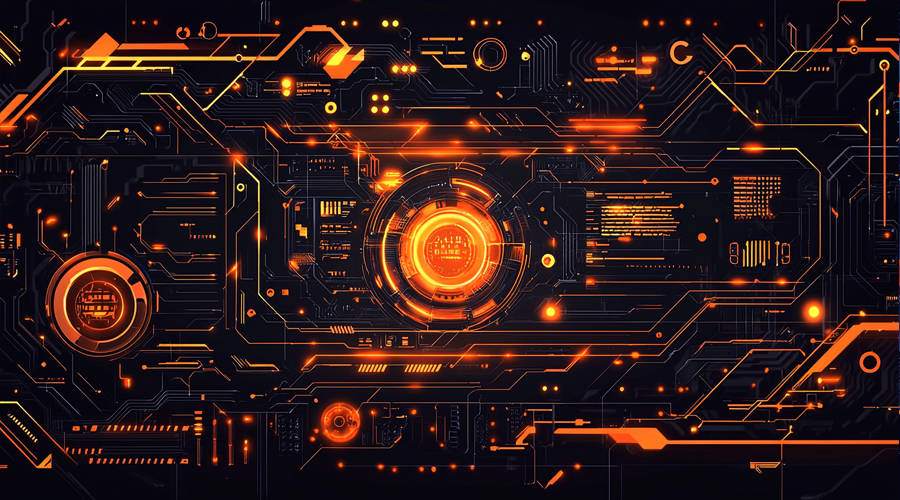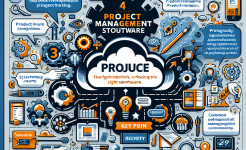Understanding the Purpose of Technical Documents in TR Review
Technical documents in TR review play multiple important roles. Firstly, they provide a detailed record of the technical aspects of the product under development. This includes specifications, design details, and performance requirements. By documenting these elements, teams can refer back to them during different stages of the project, ensuring consistency and accuracy. For example, if there are changes in the development process, the original technical documents can be used to assess the impact.
Secondly, these documents are essential for communication. They allow different departments within an organization to share information effectively. Engineers can communicate their design choices to managers, who in turn can use this information to make strategic decisions. Additionally, clear technical documents can be shared with customers, giving them insights into the product's capabilities and features, which helps build trust and confidence.
Finally, technical documents in TR review serve as a basis for quality control. They set the standards and criteria against which the product's development can be evaluated. By comparing the actual progress and results with what is documented, teams can identify any deviations and take corrective actions promptly, ensuring that the final product meets the required quality standards.
Key Elements of Effective Technical Document Writing
One of the key elements is clarity. Technical documents should be written in a clear and concise manner. Avoid using jargon or complex language that may not be understood by all stakeholders. Use simple and straightforward sentences to convey information. For instance, instead of using highly technical terms, explain concepts in a way that a non-technical person can understand. This ensures that everyone involved in the TR review can access and interpret the information correctly.
Another important element is completeness. The documents should cover all relevant aspects of the product's technical details. This includes not only the current state of development but also any future considerations or potential improvements. For example, if there are plans to upgrade certain components in the future, this should be clearly stated in the technical documents. Completeness helps in making informed decisions during the TR review.
Accuracy is also crucial. All the information provided in the technical documents must be correct. This requires careful verification and validation of data. Any errors or inaccuracies can lead to misunderstandings, wrong decisions, and ultimately, problems in the product's development. For example, incorrect specifications can result in components not fitting together or the product not meeting the performance requirements.
Structuring Technical Documents for TR Review
The structure of technical documents is vital for easy comprehension. A typical technical document for TR review should start with an introduction. The introduction should provide an overview of the product, its purpose, and the context in which it is being developed. It should also briefly mention the scope of the document and what readers can expect to find. This helps readers quickly understand the relevance and importance of the document.

The main body of the document should be organized into sections based on different technical aspects. For example, there could be sections on hardware design, software architecture, and performance testing. Each section should have a clear heading and subheadings if necessary. This hierarchical structure makes it easy for readers to navigate and find the information they need.
Finally, the document should end with a conclusion. The conclusion should summarize the key points covered in the document and highlight any important findings or recommendations. It can also provide an outlook for the next steps in the product's development. A well-structured conclusion helps readers quickly recap the main content of the document and understand its implications.
Using Visual Aids in Technical Document Writing
Visual aids can greatly enhance the effectiveness of technical documents. Diagrams, for example, can be used to illustrate complex technical concepts. A flowchart can show the flow of data or the sequence of operations in a system, making it much easier to understand than a written description alone. Similarly, a block diagram can depict the different components of a product and how they are interconnected.
Graphs and charts are also useful for presenting data. They can be used to show performance metrics, such as speed, accuracy, or reliability over time. By using visual representations of data, it becomes easier to identify trends and patterns. For example, a line graph can clearly show how the performance of a product has improved or declined during different stages of development.
Images can also be included to provide a visual representation of the product. This can be especially helpful when explaining physical features or design details. For instance, a picture of a product's prototype can give readers a better understanding of its size, shape, and overall appearance. Visual aids not only make the technical documents more engaging but also improve the understanding of complex information.
Ensuring Consistency in Technical Document Writing
Consistency in technical document writing is essential for readability and understanding. This includes using a consistent style throughout the document. For example, if you choose to use a particular font, font size, and line spacing, stick to it throughout the document. Similarly, use a consistent format for headings, subheadings, and bullet points.
Terminology also needs to be consistent. Use the same terms and definitions throughout the document. If you introduce a new term, make sure to define it clearly the first time it is used. This helps avoid confusion and ensures that all readers are on the same page. For example, if you refer to a particular component as a "sensor" in one part of the document, don't suddenly start calling it something else later.
Finally, the overall structure and organization of the document should be consistent. If you follow a certain pattern for presenting information in one section, apply the same pattern in other sections. This makes it easier for readers to anticipate the flow of information and navigate the document. Consistency in technical document writing contributes to a more professional and reliable document.
In conclusion, technical document writing in TR review is a complex but essential task. By understanding the purpose of these documents, focusing on key elements such as clarity, completeness, and accuracy, structuring them effectively, using visual aids, and ensuring consistency, teams can create high-quality technical documents. These documents will not only facilitate the TR review process but also contribute to the successful development of the product. They serve as a valuable resource for all stakeholders involved in the product development lifecycle, enabling better communication, decision-making, and ultimately, the delivery of a product that meets or exceeds expectations. Technical document writing should be given due importance and attention to detail to ensure its effectiveness in the context of TR review.
ARTICLE TITLE :Key points of technical document writing in TR review ,AUTHOR :ITpmlib

















